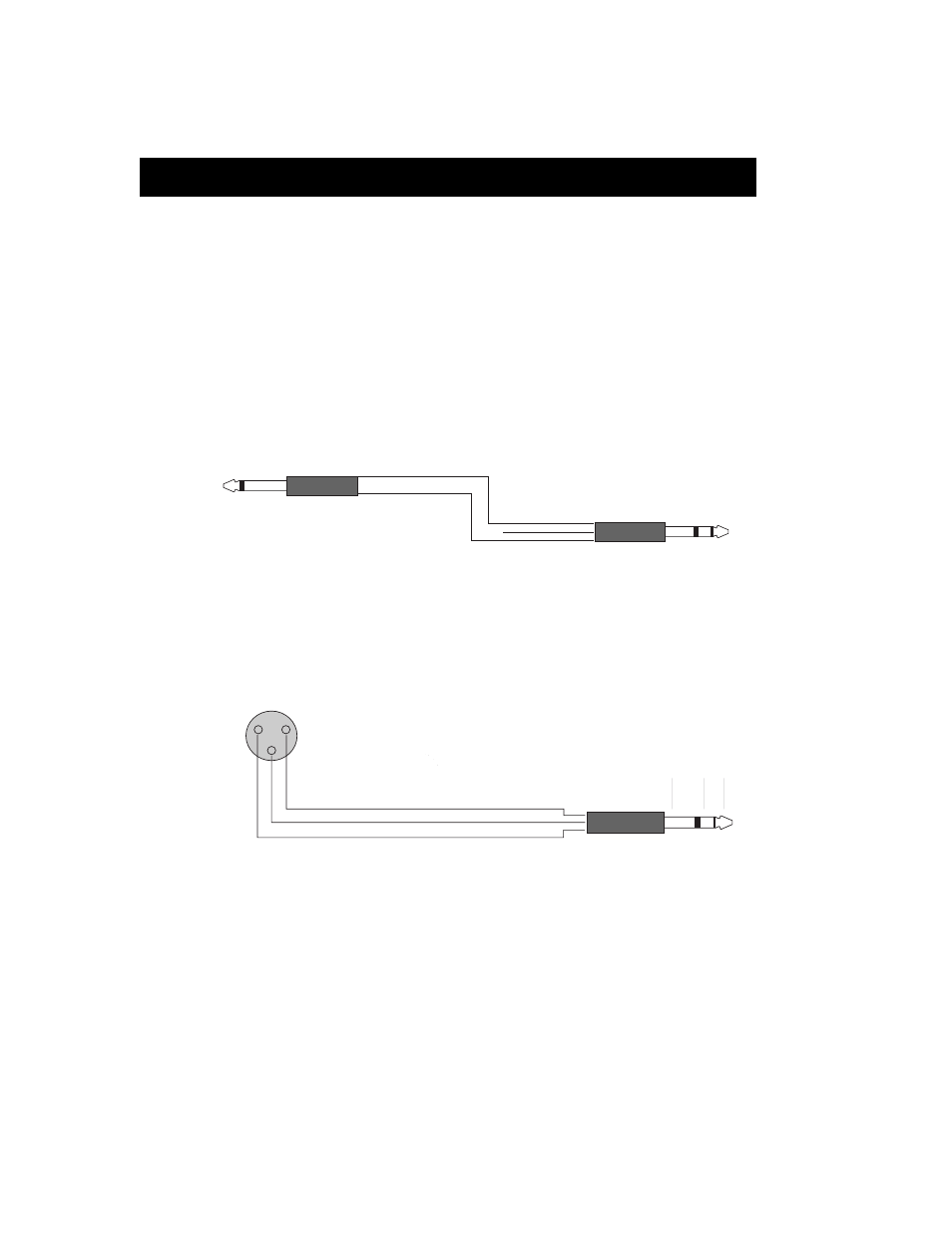Figure 9, Telescoping shield cable for instruments, Figure 10 – Metric Halo 2882 operating guide User Manual
Page 20: Mobile i/o user’s guide

Mobile I/O User’s Guide
12
The Mobile I/O XLR inputs are all wired pin 2 hot and the 1/4” inputs are
wired Tip hot.
TIP: To use the Mobile I/O TRS input with guitar or bass, you can simply use
a standard TS guitar cable (patch cord) and it will work fine. However, you
can take advantage of the balanced input design of the Mobile I/O to get
more noise rejection than you thought possible on a guitar input. In order to
do this, you will need to make a psuedo-balanced telescoping shield guitar
cable. This can be constructed with a TRS connector, a TS connector and
balanced microphone cable. This cable will treat the guitar as a floating bal-
anced source and provide a telescoping shield from the Mobile I/O ground.
If you want to use any of the 4 TRS inputs with balanced (phantom powered)
microphones, you will need an XLR female to 1/4” TRS balanced plug
adapter cable. These are available commercially, or you can construct one
easily. The connections are Tip to Pin 2, Ring to Pin 3 and Sleeve to Pin 1:
On output, the situation is a bit more complex. If you are driving an unbal-
anced load, you will get the best performance by not connecting the ring of
the TRS jack to ground. In order to do this, you can simply use a balanced
TRS/TRS connector with the unbalanced gear. You can also construct a spe-
Figure 9: Telescoping Shield Cable for Instruments
Figure 10: XLR to Balanced TRS Cable
Sleeve (Shield)
Tip (Hot)
Ring (Cold)
Tip
Sleeve
Instrument
Mobile I/O
1
2
3
Tip
Ring
Sleeve
Sleeve Ring Tip
XLR CONNECTOR MALE OR FEMALE
BALANCED TRS 1/4" CONNECTOR
